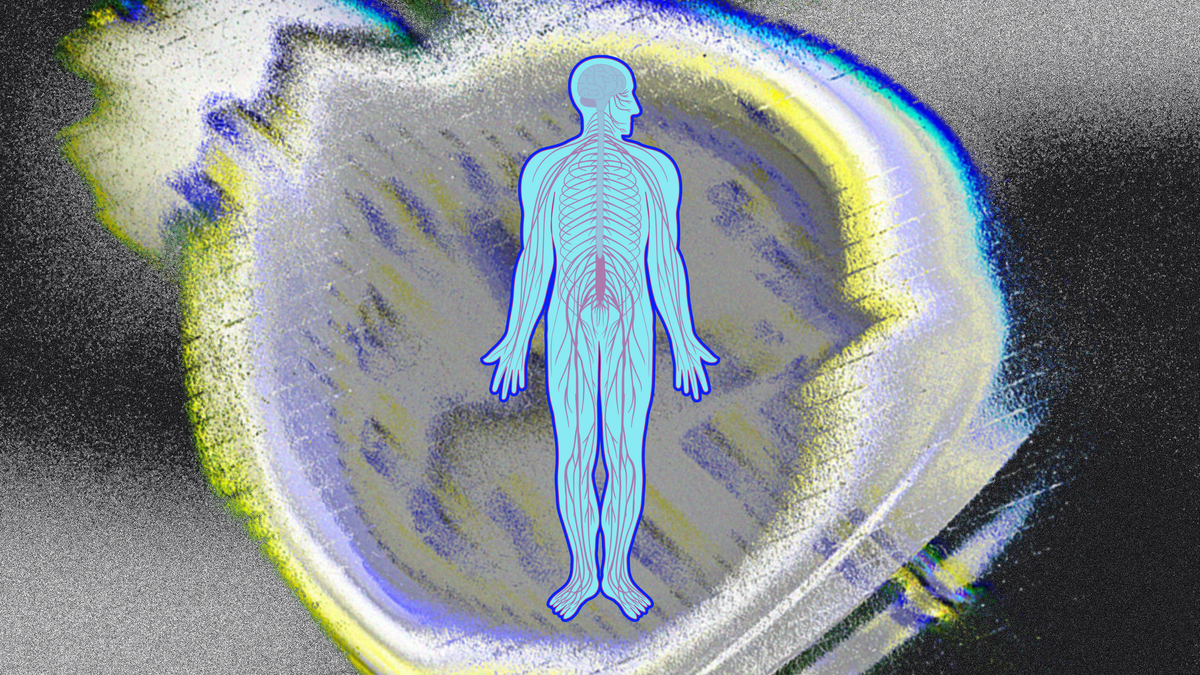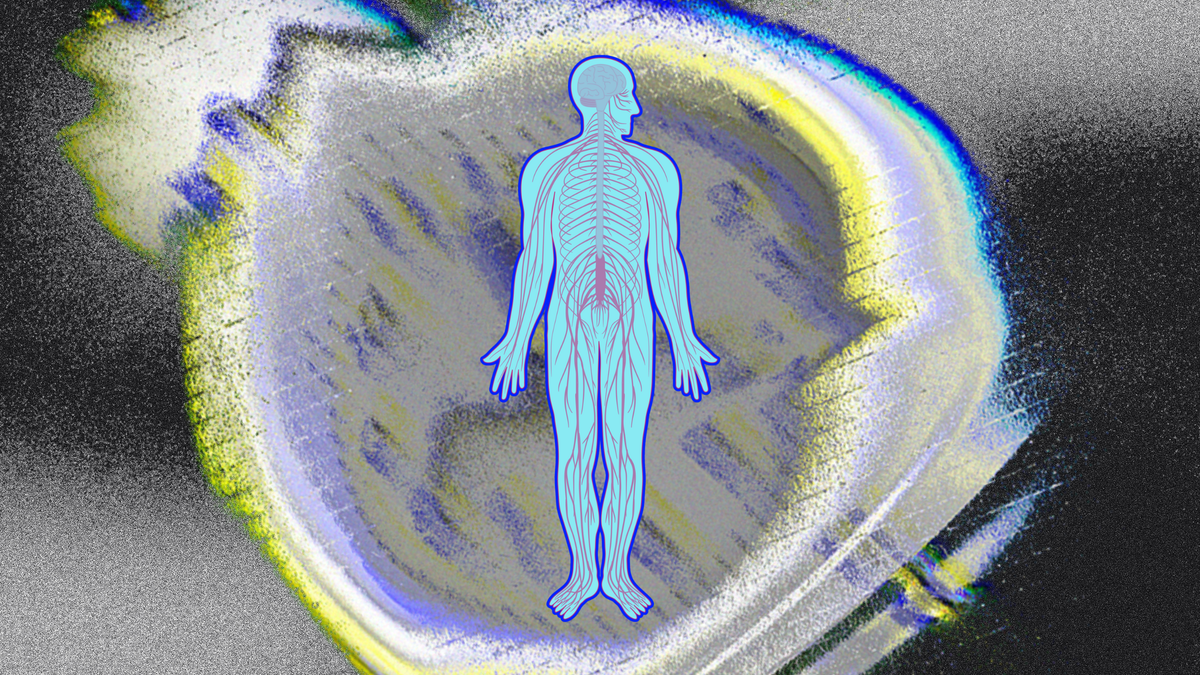
As we age, our body’s nervous system starts to slow down. The nerves that tell our muscles to move don’t fire as quickly. That decline can shape how we move, react, and perform.
Resistance training has long been known to preserve muscle and even help restore nerve function after injury, but whether it can speed up nerve conduction in healthy adults has never been tested—until now.
A new study published this month in the journal Medicine and Science in Sports and Exercise (MSSE) tested the boundaries of our nervous system’s aging, and whether age-related neural decline can be slowed with regular strength training.
Results Showed That Resistance Training Improved Nerve Signal Speed
Forty-eight healthy, younger (between 18 and 35), and older adults (over 60) took part in the study. Each age group was divided into a training group and a control group.
Those in the training groups completed a four-week program to increase handgrip strength. Those in the control group were simply asked to maintain their normal daily activities throughout the study and were not assigned any strength programming.
After four weeks, both groups were re-tested to see whether consistent grip training could speed up nerve signaling—and whether age made a difference.
How Did They Test the Impact of Resistance Training on Nerve Signal Speed?
Before and after the experiment, researchers measured nerve conduction velocity (NCV)—which refers to how quickly electrical signals travel along a motor nerve—and grip strength. They did this by applying small electrical pulses along the median nerve—which runs from the forearm to the hand—and recorded how quickly the signal reached a muscle farther down the line.
While the control groups saw no change in NCV, both young and older participants who performed the handgrip program showed faster nerve conduction speeds. The researchers shared, “We did not expect the magnitude of adaptations,” especially given the short time frame.
These findings offer meaningful clinical insight into how targeted exercise can enhance longevity—especially for individuals with declining or impaired nerve function.
Interestingly, the older adults’ nerve improvements outpaced what’s typically seen in muscle growth or strength with age—suggesting that neural tissue itself may be capable of meaningful change through a resistance training program.
The Link Between Resistance Training and Nerve Health
The big idea represented in this study is a pattern that repeats itself over and over in human physiology—tissues adapt themselves to the stresses placed on them. In that way, faster nerve impulses is not a surprising adaptation to resistance training, and it shows us that improvements in nerve health are distinctly measurable and correlate with the load we subject our bodies to.
The nervous system might be just as trainable as the muscles it controls.
Limitations of the Study
There were a few limitations of this study to be aware of: the training period lasted just four weeks—short enough that older participants may not have had time to show strength gains, people self-reported their training which could lead to less accurate training logs, and program parameters leaned more toward endurance than pure strength work, with lighter weights and longer holds instead of heavy, low-rep work.
Additionally, most participants were women, and the grip strength exercises were limited to the forearm and hand, suggesting that the effects on other body regions are implied, but not technically known.
What This Means for Longevity
These findings offer meaningful clinical insight into how targeted exercise can enhance longevity—especially for individuals with declining or impaired nerve function.
As the researchers concluded, “Resistance training may be a robust way to counteract NCV deficits”—a promising signal that the nervous system might be just as trainable as the muscles it controls.
Does This Mean That You Need to Incorporate Resistance Training Into Your Workouts?
If you are interested in enhancing not only strength, but also nerve conduction, the answer from this study is an emphatic yes.
The easiest way to begin would be to incorporate large, full-body movements, such as squats, dead lifts, bench press, under heavy weights—think eight reps or less before you begin to fail. Do this for three sets and aim for completing this on two, non-consecutive days per week.
In the journal’s current issue, Editor-in-Chief Andrew Jones writes, “This work could stimulate investigations into whether resistance training is an effective countermeasure for other, non-age related, sources of nerve degradation (for example, nervous system disorders).”
Ultimately, continued research in this subject area points toward a new frontier: optimizing nerve health as a way to preserve performance and human potential as we age.
The post Recent Study Says Strength Training May Prevent Neural Decline, Supporting Longevity appeared first on Outside Online.














